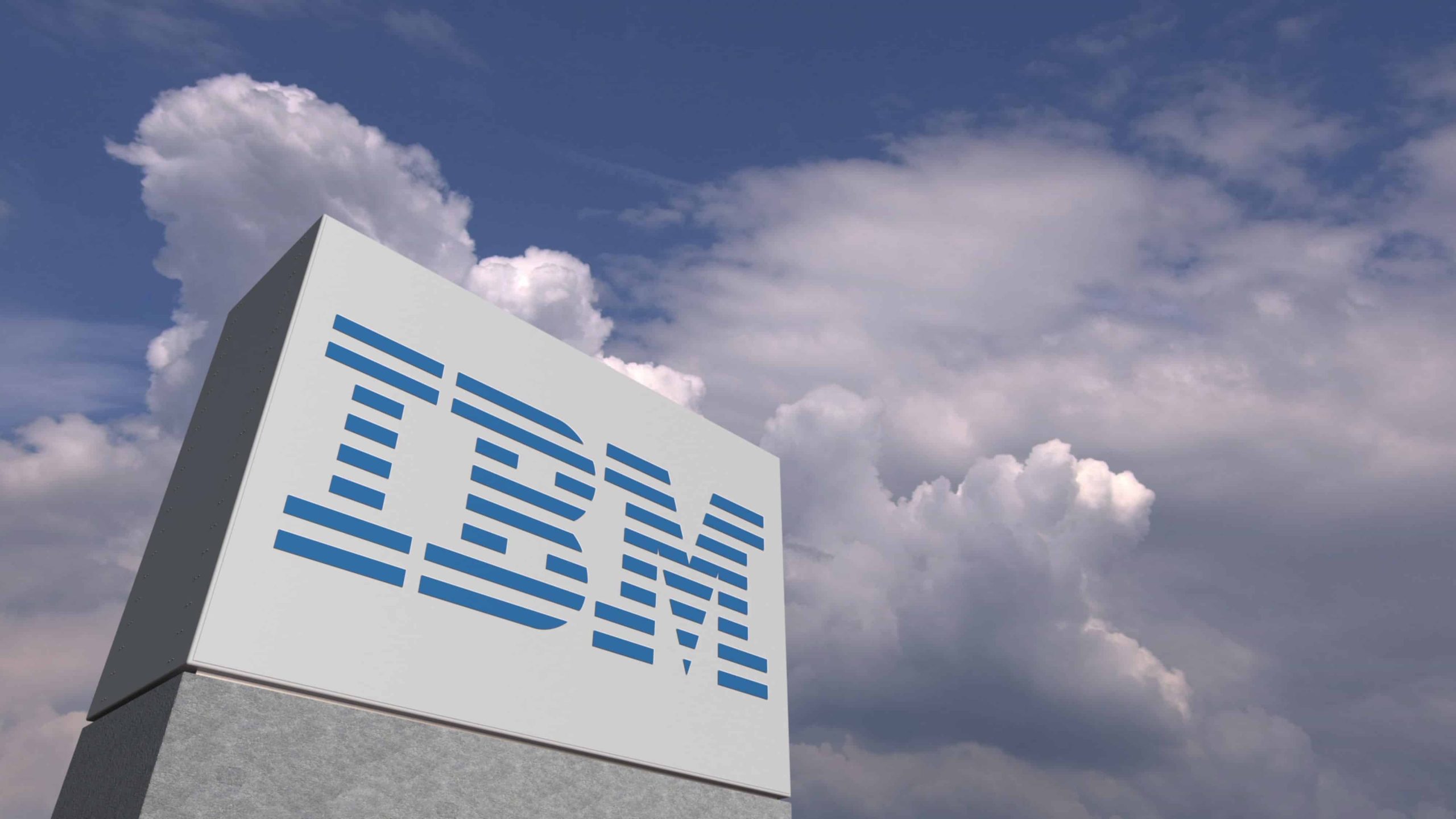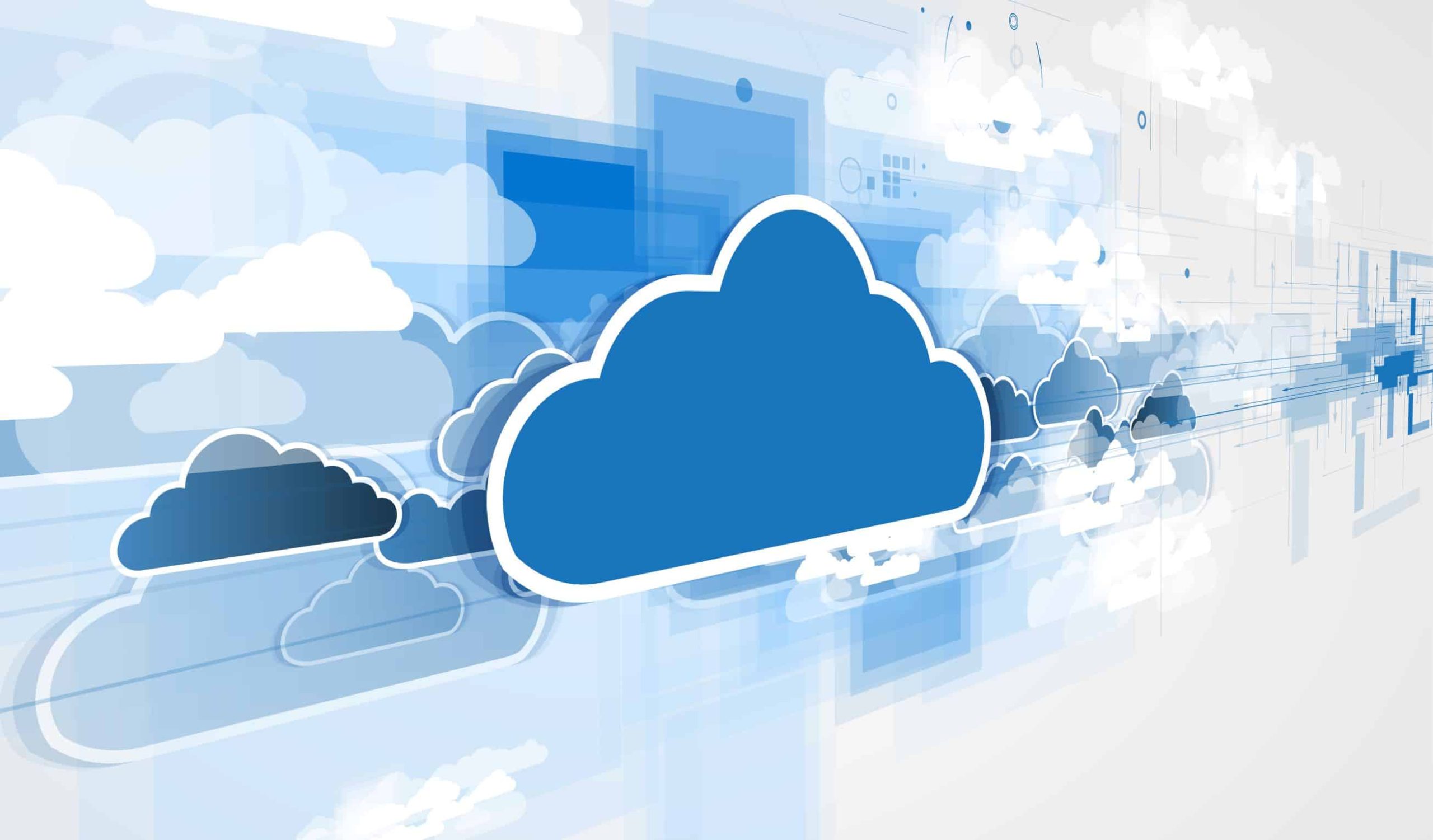IBM i vs. AS/400: Getting Clear on the Difference
Connectria
Author
Date
March 3, 2020

The IBM Power Series, running the IBM i operating system, has a long history. And with a long history come certain terms and jargon that tend to be “sticky.”
The phenomenon is not uncommon. Most of us have miniature computers in our pockets that we still call “phones,” even though the smartphone of today bears little resemblance to the stationary rotary phone of a generation ago. A series of flat, electrical burners might still be called a stove, though they have gone through a total evolutionary change from the original cast-iron stoves. But we still use—and sometimes misuse—the names of these common products.
That’s become the case with IBM i and the AS/400. Many people, even those in IT, assume that these are two different iterations of the same technology. In truth, they refer to very different things and this has caused a lot of product confusion in the market.
And, not to ruin the punchline, but: This confusion in the market has been a stumbling block to digital transformation for enterprises with (or considering) IBM technology.
IBM i vs. AS/400: Why they can’t be compared
In a nutshell, comparing IBM i to the AS/400 (or the i Series, or Power Series) is comparing apples to oranges—or more accurately, hardware to software. A little bit of the history of these products makes this point more clear.
IBM introduced the AS/400 (short for “Application System 400”) in 1988. It was intended to be a mid-range computer system primarily for businesses. At the time, it came with its own operating system: OS/400.
In the ensuing 30 years, the physical machine that was known as the AS/400 evolved. First, it became the eServer iSeries, which was eventually renamed just “System i.” So when a machine is referred to as part of the “IBM i series,” it means that it is one of the later incarnations of the original AS/400. More recently, the newest generation of hardware has been given the label “Power Systems” series, but often called simply the “Power Series.”
IBM i is the operating system for the Power Series. (The latest version is 7.3, as of this writing.) It is the grandchild of OS/400, which itself went through many iterations as the hardware changed.
In short, the AS/400 is a physical server from the late 1980s. IBM i is the current operating system for the Power Series, which is today’s version of the AS/400.
Why the Confusion Persists
Why do we say that the Power Series is “a version” or “incarnation” of the AS/400? IBM has tried very hard to make all of its operating systems and hardware backward compatible so that applications are originally written for the AS/400 running OS/400 still work on today’s machines. This is a great feature and the strength of the Power Series line. But it also means that certain ways of talking about the technology persist even as the technology changes.
Specifically, some people have worked with IBM’s technology for a long time, and so have become accustomed to speaking about applications written for the AS/400. Others, who came to the technology later, speak about applications written for IBM i—especially when discussing applications that need to run on a hybrid or public cloud.
Is There Any Future in IBM Technology?
A lot of people have written about AS/400 being “dead,” and it’s true that IBM has seen declining revenues from its server market over the years. However, this doesn’t consider the relative power of IBM servers. Over the years, we’ve been able to steadily reduce the number of servers needed in our data centers by over 90% – for a significant decrease in power costs, I might add.
Nor do these revenue numbers completely account for the number of businesses running their workloads on IBM in the cloud in data centers like ours or IBM’s. The 2019 IBM i Marketplace Survey by Help Systems, for example, found that a number of organizations are planning to actually increase their IBM i footprint. Many are also moving applications to IBM i, typically in a hybrid cloud setup. Although the AS/400 is older technology, that has been superseded, the market for IBM i environments is still strong.
So what does this potentially mean for your organization? It’s worth considering talent, “bare metal” cloud options, and your digital transformation generally.
Talent
There will continue to be many companies looking for IBM i talent and expertise. For every company that leaves the platform, there will be another looking for new talent to grow their IBM i footprint and create new customer applications. A talent crunch could easily happen as specialists familiar with the technology retire and aren’t replaced by a newer generation. Many companies will likely look to third parties, rather than try to hire that talent in-house.
“Bare Metal”
The least expensive cloud environments are often multi-tenant. This means that these resources are shared by customers, with VMs sharing physical servers—and sometimes, fighting for resources. While having a layer of abstraction (or several) between applications and physical hardware can be a good thing, there are times when an organization wants greater control over the “bare metal” servers. For example, big data applications, data storage for healthcare information, and high-transaction workloads that do not tolerate latency might all do better when there is direct control over a bare-metal cloud.
IBM has one of the largest bare metal presences, rivaling even Amazon’s AWS. Their servers are often the choice option for hybrid cloud solutions, too. The drawback is that the client has much more to do when it comes to configuring and optimizing the hardware. Having a trusted partner to help with that can allow organizations to harness the power of bare metal clouds.
Digital Transformation
For decades, IBM was the clear choice for large organizations with serious data needs. Even as most enterprise-sized companies move into the cloud, many critical business applications were written to perform on the old AS/400 machines.
Re-creating those legacy apps is not a bad idea, but it can be costly and time-consuming. And if those applications are mission-critical, the organization might not be able to handle the downtime that transition would require.
IBM has paid very careful attention to back-compatibility, however. This means that many applications written for previous generations of hardware and OS will still work with newer generations. And as companies move more and more applications to the cloud, there will be a high demand for getting these applications ready for migration and further ensuring their stability.
In short, IBM still has technology that is worth learning. But the need for talented professionals is increasing even as the pool of those professionals is shrinking. Getting started with IBM’s cloud, a private cloud, or a hybrid solution may well require outside expertise to keep your organization’s critical apps running as you make the transition.
And if you’re asking for a comparison between AS/400 and IBM i, prepare to be delighted: You aren’t just assessing servers or operating systems. There is a whole world of opportunities that IBM solutions can safely offer your organization.
Click here for more about our own IBM services.
Topics
Keep Reading
Prepare for the future
Tell us about your current environment and we’ll show you the best path forward.
Fast track your project. Give us a call.






